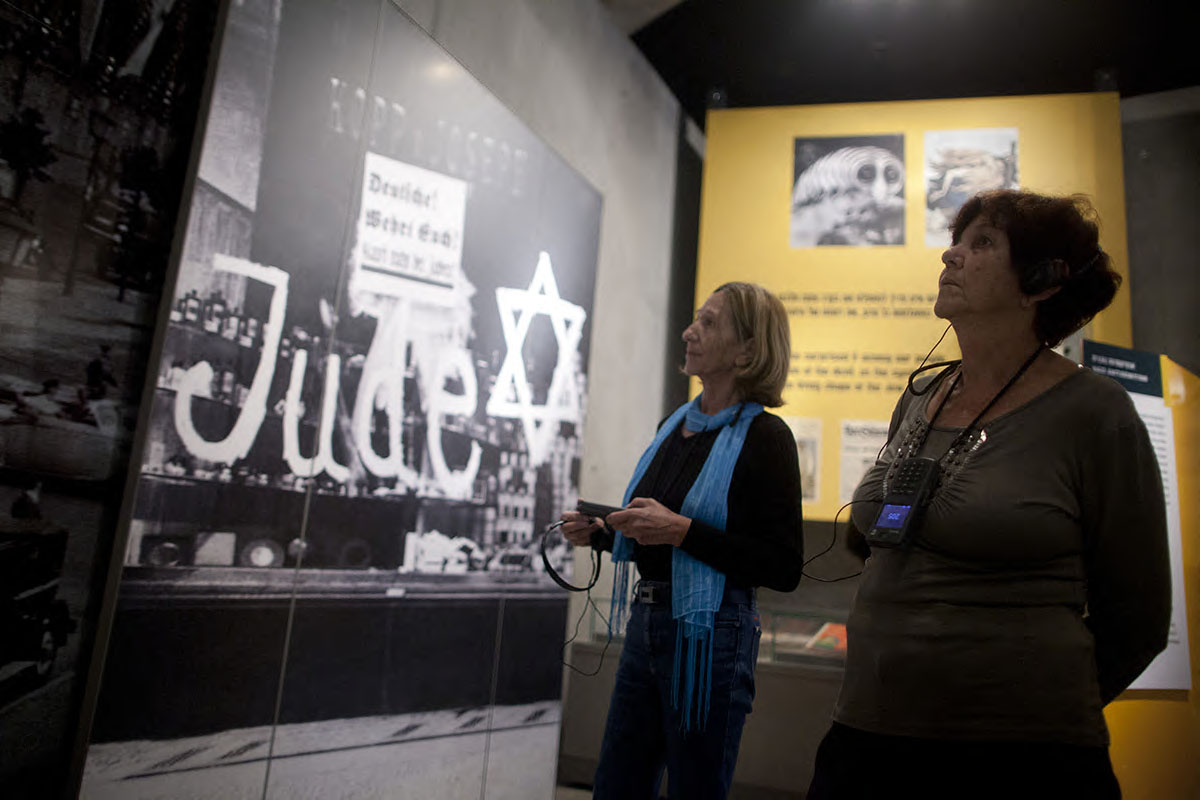At the end, as it was at the beginning, the situation of the Jews was different from that of all the others...
On VE Day there was dancing in the streets of New York. In Moscow salvos of cannon were fired. There was no dancing in the camps, though, and not only because there were no streets there, nor in the nearby towns. For many inmates the liberation came too late; their strength failed them after the long years of suffering. Thousands died from eating to excess. It is estimated that about 20,000 Jewish inmates in camps in Germany died in the first weeks after the liberation...
For many, their first encounter in years with a mirror was a wrenching experience. Some had to relearn how to eat with a knife and fork at a properly set table. Their faith in humanity was vitiated, and they looked around them with deep suspicion. That feeling would accompany many of them for decades to come, but in the first weeks it had a substantial effect on how they coped with their new surroundings, with life after the camps. The skills that had enabled them to survive were not always relevant for rehabilitation... The survivors had lost everyone they knew without being able to take the time to assimilate their loss. Only after the liberation could they begin to deal with the enormity of the disaster.
The story of the few weeks or months between the liberation and the return to the ruins is by no means an optimistic one. It is not only the beginning of the new life after the disaster, it is also the final chapter of that disaster. True, the circle is closed in this fragment of time, but it is a tragic closure. After years of bodily anguish and terror, the survivors were forced to acknowledge, finally, the loss of their world. The consciousness of that could no longer be deferred, it was impossible to go on hiding behind one's hunger or the fear of what lay in store the next day. Now they had to bid farewell to parents, spouse, children, home, town, to their world and to their identity... The story of the liberation is not the good ending to the bad story, it is a harsh story in its own right. It is the successful conclusion of the struggle for physical survival but the start of the longer mental struggle.
Source: Lozowick, Yaacov, "Introduction", in: Kleiman, Yehudit and Shpringer-Aharoni, Nina (eds.), The Pain of Liberation, Yad Vashem, Jerusalem, 1995, pp. 3-7.






